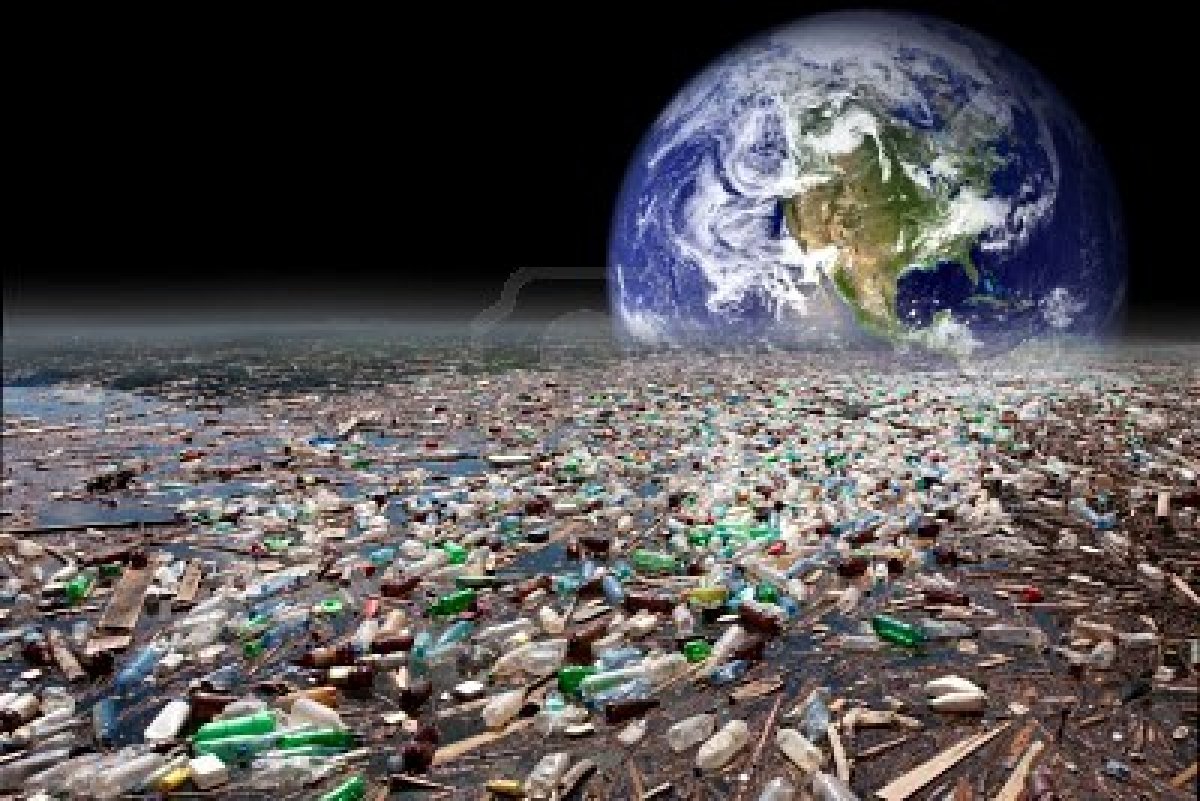
Built from 1.5 million recycled plastic bottles, this massive pavilion is surprisingly strong enough to withstand the forces of nature—including fires and earthquakes.

A global population of 7.5 billion people has far-reaching repercussions – including increased greenhouse gas emissions, strained food supplies, and increased total consumption.

The beaches of Henderson Island have been found to be polluted with the highest density of plastic debris reported anywhere on the planet

Because of testing inefficiencies cars, trucks and buses worldwide emit 4.6 million tons more harmful nitrogen oxide (NOx) than standards allow, according to a new study.

Scientists at the University of Birmingham have developed a type of eye drop which could potentially revolutionize the treatment of one of the leading causes of blindness.

The World Meteorological Organization will scrutinize Arctic and Antarctic to minimize risks linked to rapid climate change.

A study from NASA’s Hubble and Spitzer space telescopes reveals that the distant planet HAT-P-26b has a primitive atmosphere composed almost entirely of hydrogen and helium.

International architecture studio designed Urban Rural, a modular residential high-rise that aims to raise the bar for sustainable development in Turkey’s capital.

Experts see a time in the not-so-distant future when spaceflights could cost $10,000-$20,000.

Future Americano, cappuccino, and latte drinkers could help produce the raw material for a greener biofuel that would reduce our reliance on diesel from fossil fuels.

What We're Learning From a Big Universal Basic Income Experiment

In just a few years, well-mannered self-driving robotaxis will share the roads with reckless, law-breaking human drivers.

A team of Stanford University engineers are exploring specialized materials to bring concept of quantum computing closer to reality.

Tesla CEO Elon Musk announced that its Solar Roof is ready for order.

The largest vertical garden in the world features around 85,000 plants.